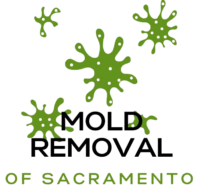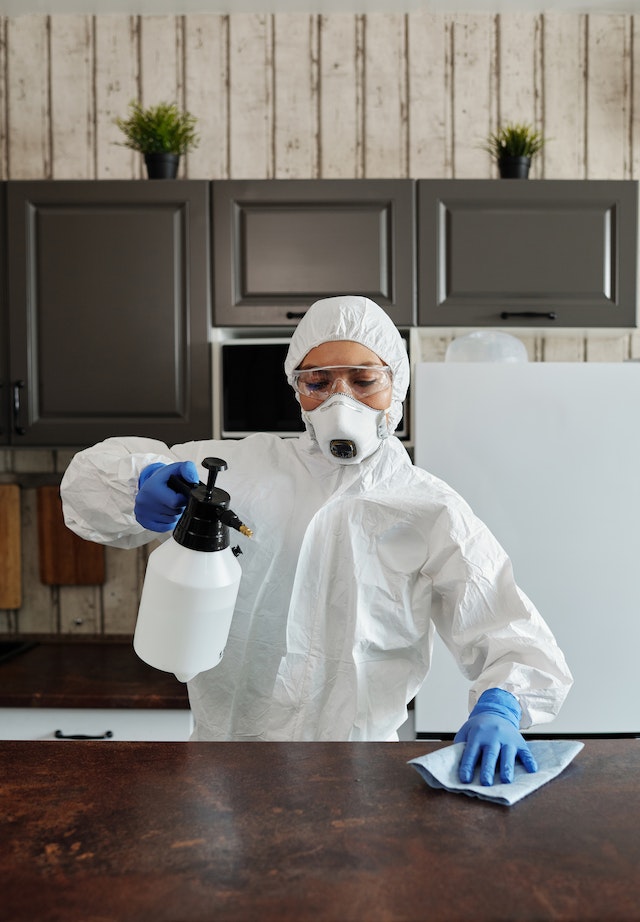Mold is a persistent and unwelcome guest in many homes and buildings, causing not only unsightly stains and odors but also potential health risks. If you’re dealing with a mold problem, you’re likely seeking effective solutions to banish it once and for all. In this comprehensive guide, we will provide you with expert advice and practical steps to successfully remediate mold and create a healthier living environment.
Understanding Mold and Its Dangers
Before delving into the remediation process, it’s crucial to understand the nature of mold and the risks it poses. Mold is a type of fungus that thrives in damp and humid conditions, typically growing on organic materials such as wood, drywall, and carpet. It reproduces by releasing tiny spores into the air, which can easily spread and colonize new areas.
While some molds are harmless, others can cause allergic reactions, respiratory problems, and even severe illnesses. Common symptoms associated with mold exposure include sneezing, coughing, itchy eyes, skin rashes, and aggravated asthma. For individuals with compromised immune systems or pre-existing respiratory conditions, mold exposure can be particularly dangerous.
Identifying mold infestations
Detecting mold in your home is the first step towards successful remediation. Keep an eye out for visible signs of mold growth, such as black or green patches on walls, ceilings, or other surfaces. Musty odors, water stains, and peeling wallpaper can also indicate an underlying mold problem.
It’s important to note that mold can thrive in hidden areas as well, such as behind walls, under flooring, or within air ducts. If you suspect mold but cannot visually confirm its presence, consider hiring a professional mold inspector who can perform thorough testing and identification.
Planning your mold remediation strategy
Once you’ve confirmed a mold infestation, it’s time to develop a comprehensive remediation strategy. This plan should address not only the removal of existing mold but also the identification and mitigation of underlying moisture sources to prevent future growth.
- Safety First: Before starting any remediation work, ensure your safety by wearing protective gear such as gloves, goggles, and a respirator mask. This will help minimize your exposure to mold spores and potentially harmful mycotoxins.
- Containment Measures: To prevent the spread of mold spores to unaffected areas, set up containment barriers using plastic sheets and duct tape. Seal off air vents and doorways, and consider using negative air pressure machines or air scrubbers to further filter the air.
- Moisture Control: Mold thrives in damp environments, so it’s crucial to identify and address any sources of moisture. Repair leaks, improve ventilation, and use dehumidifiers to maintain humidity levels below 50%. Remove any water-damaged materials that cannot be effectively cleaned and dried.
- Removal of Mold-Infested Materials: Porous materials such as drywall, carpeting, and insulation may need to be removed and replaced if heavily contaminated by mold. Ensure proper disposal of these materials to prevent further contamination.
- Thorough Cleaning: Non-porous surfaces can usually be cleaned effectively using a solution of detergent and water or a specialized mold cleaner. Scrub the affected areas vigorously, ensuring all visible mold growth is removed. Take care not to spread spores during the cleaning process.
- Drying and Disinfection: After cleaning, thoroughly dry the area using fans, dehumidifiers, or natural ventilation. Once dry, apply an EPA-approved disinfectant to kill any remaining mold spores and inhibit future growth.
- Post-Remediation Verification: To ensure the success of your remediation efforts, consider hiring a professional mold inspector to perform post-remediation verification testing. This will confirm the absence of mold and provide you with peace of mind.
Preventing Future Mold Problems
After successfully remediating mold, it’s essential to implement preventive measures to avoid future infestations. Here are some key steps to consider:
- Monitor indoor humidity: regularly measure and maintain indoor humidity levels below 50%. Use humidity monitors and dehumidifiers as needed.
- Proper Ventilation: Improve airflow and ventilation in high-moisture areas such as bathrooms, kitchens, and basements. Use exhaust fans and open windows whenever possible.
- Address Water Intrusion Promptly: Act swiftly to repair any leaks, water damage, or plumbing issues. Thoroughly dry affected areas within 24–48 hours to prevent mold growth.
- Regular Inspections: Conduct routine inspections of your home, paying attention to areas prone to moisture accumulation, such as attics, crawl spaces, and basements.
- Educate yourself: Stay informed about mold prevention and remediation best practices. Being proactive and knowledgeable will help you tackle mold issues effectively.
By following these preventive measures, you can significantly reduce the likelihood of future mold problems, ensuring a healthier and mold-free living environment for you and your family.

